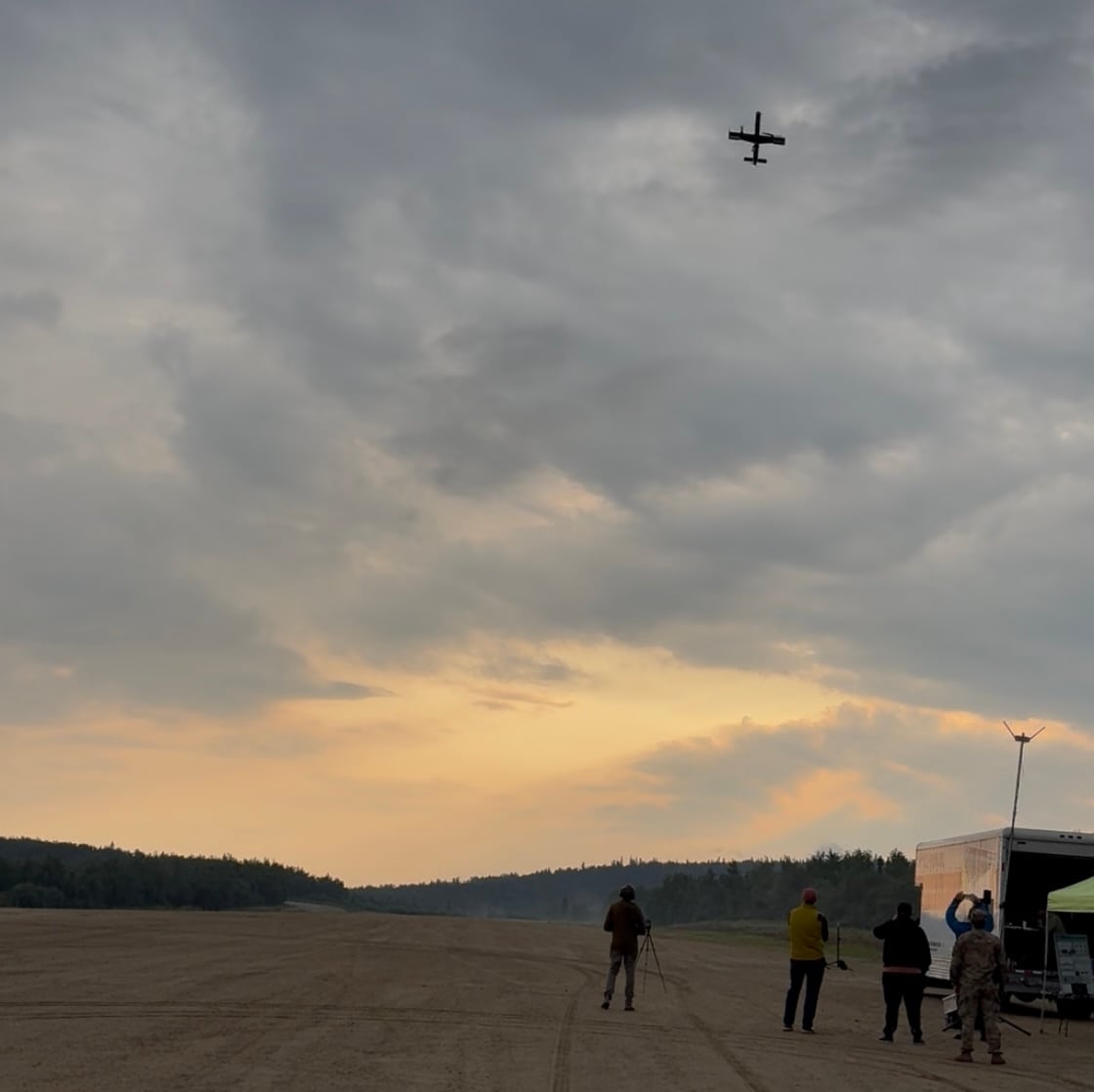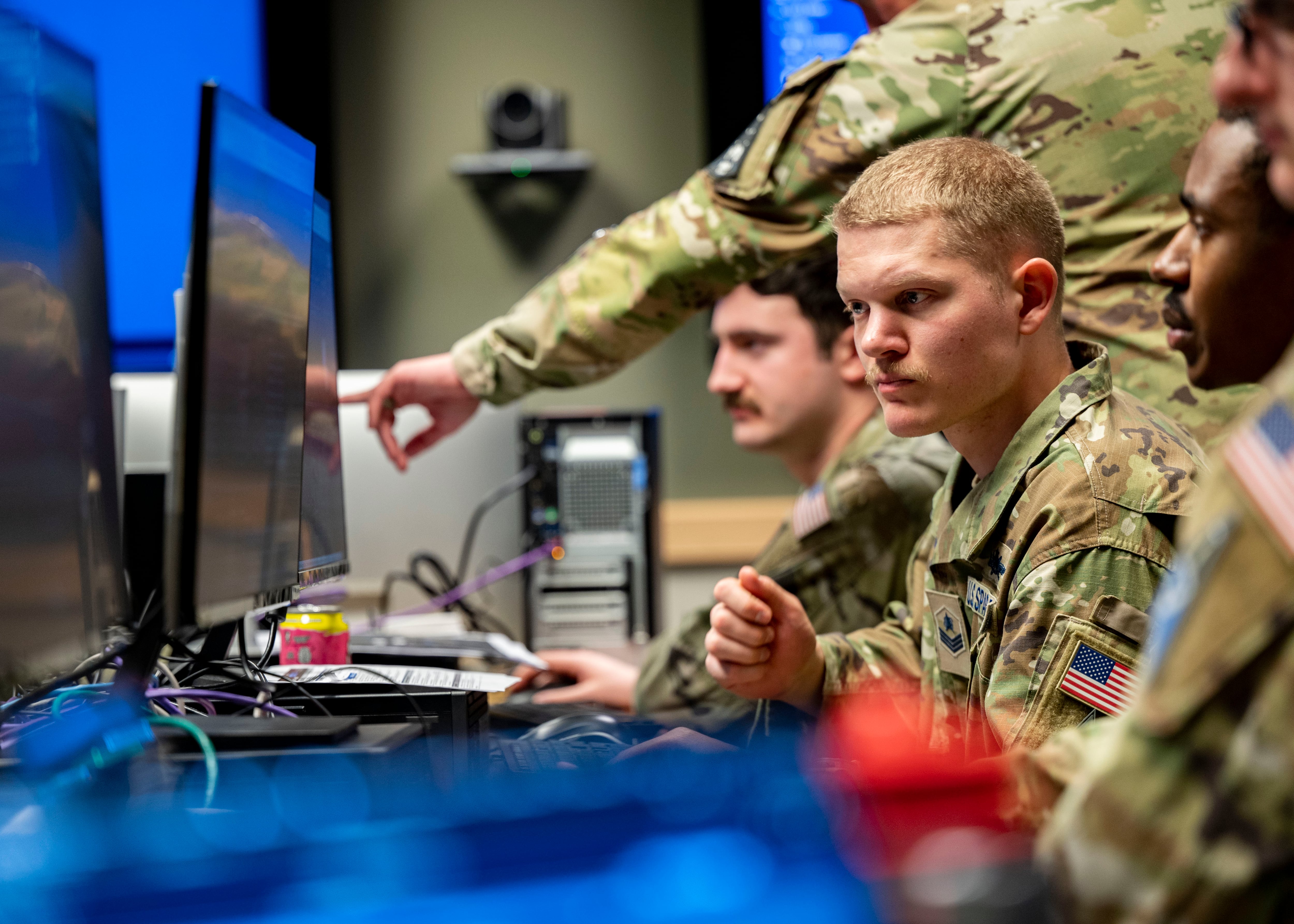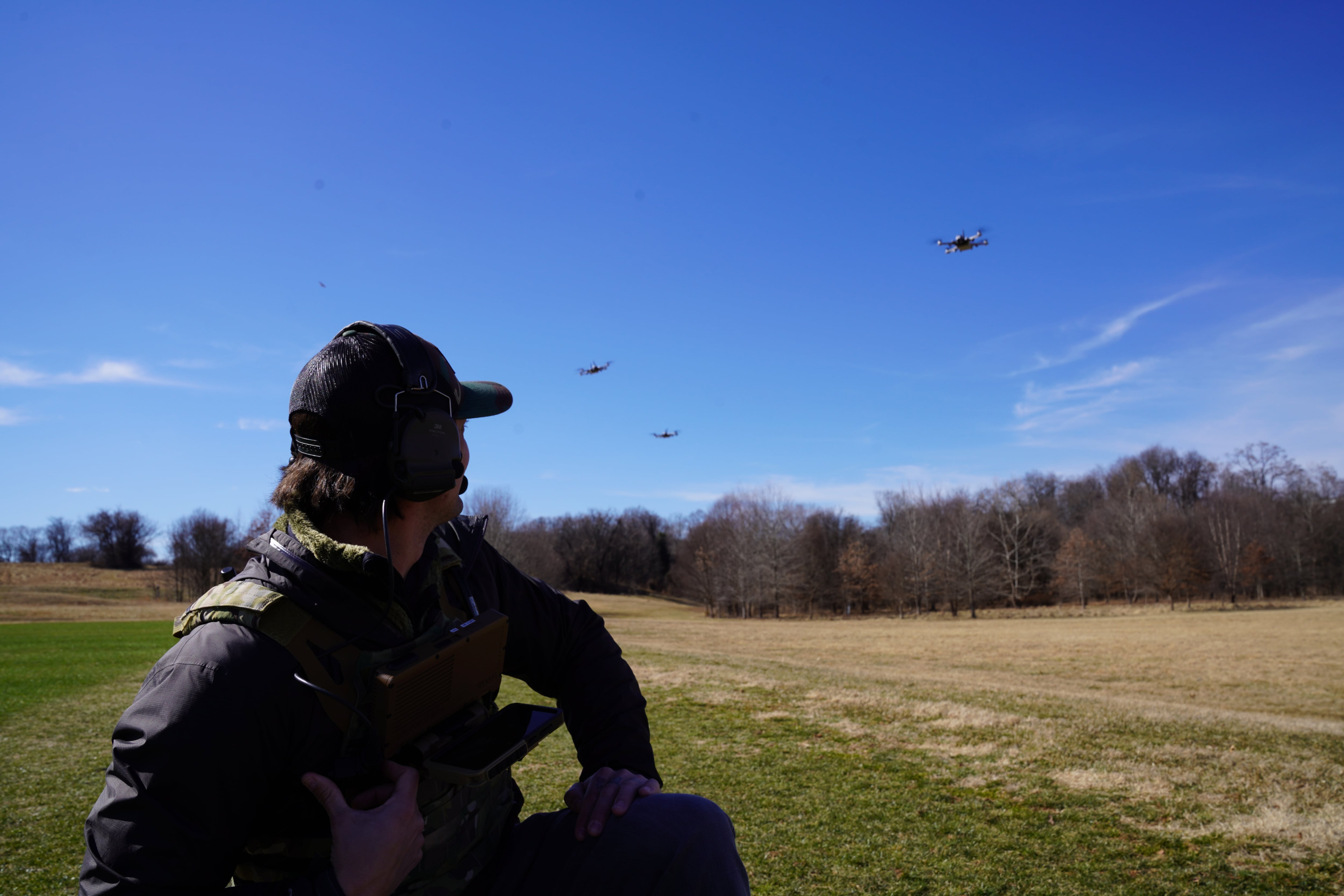Several Air Force cyber and intelligence wings recently underwent key leadership changes. The 24th Air Force, or AFCYBER, late last month held a change of command ceremony at Joint Base San Antonio in Lackland, Texas, with Maj. Gen. Christopher Weggeman replacing outgoing commander Maj. Gen. Burke "Ed" Wilson.
Weggeman, 24th Air Force's fourth commander since its designation in 2009, will head AFCYBER, the Air Force's cyber wing, as well as Joint Forces Headquarters – Cyber, which will plan, prepare and execute cyberspace operations in support of combatant commander objectives. Weggeman previously served at Fort Meade, Maryland, as director of plans and policy at U.S. Cyber Command.
In addition to 24th Air Force, Col Bradley Pyburn took the helm of the 67th Cyberspace Wing from Col. David Snoddy. Pyburn previously served at Headquarters Air Combat Command where his portfolio consisted of cyberspace and communications policy, resource advocacy and program management.
The 67th Cyberspace Wing, which falls under the 24th Air Force, is the Air Force's only network warfare wing and conducts full spectrum network and cyber operations for Air Force and combatant command commanders.
Within the 25th Air Force, which is responsible for global intelligence, surveillance and reconnaissance, Col Aaron Drake assumed command of the 659th Intelligence, Surveillance and Reconnaissance Group. The 659th ISR Group, within the 70th ISR Wing at 25th Air Force, conducts global integrated cyber ISR operations between Air Force, joint and intelligence community partners to detect, characterize and mitigate cyber threats, exploit computer networks and enable full-spectrum cyberspace operations.
The 25th Air Force contributes cyber personnel to the Air Force's 39 cyber teams that fold into the total 133 teams under CYBERCOM. Col. Robert Cole, director of AFCYBER Forward, described during an AFCEA-hosted event in December that 25th Air Force provides intelligence personnel to help defend the nation as they are capable of getting into networks and understanding how the force can inflict harm on adversaries. In the end, he said, the Air Force's cyber teams consist of a 60/40 split between cyber defense and intelligence personnel, respectively.
Mark Pomerleau is a reporter for C4ISRNET, covering information warfare and cyberspace.








